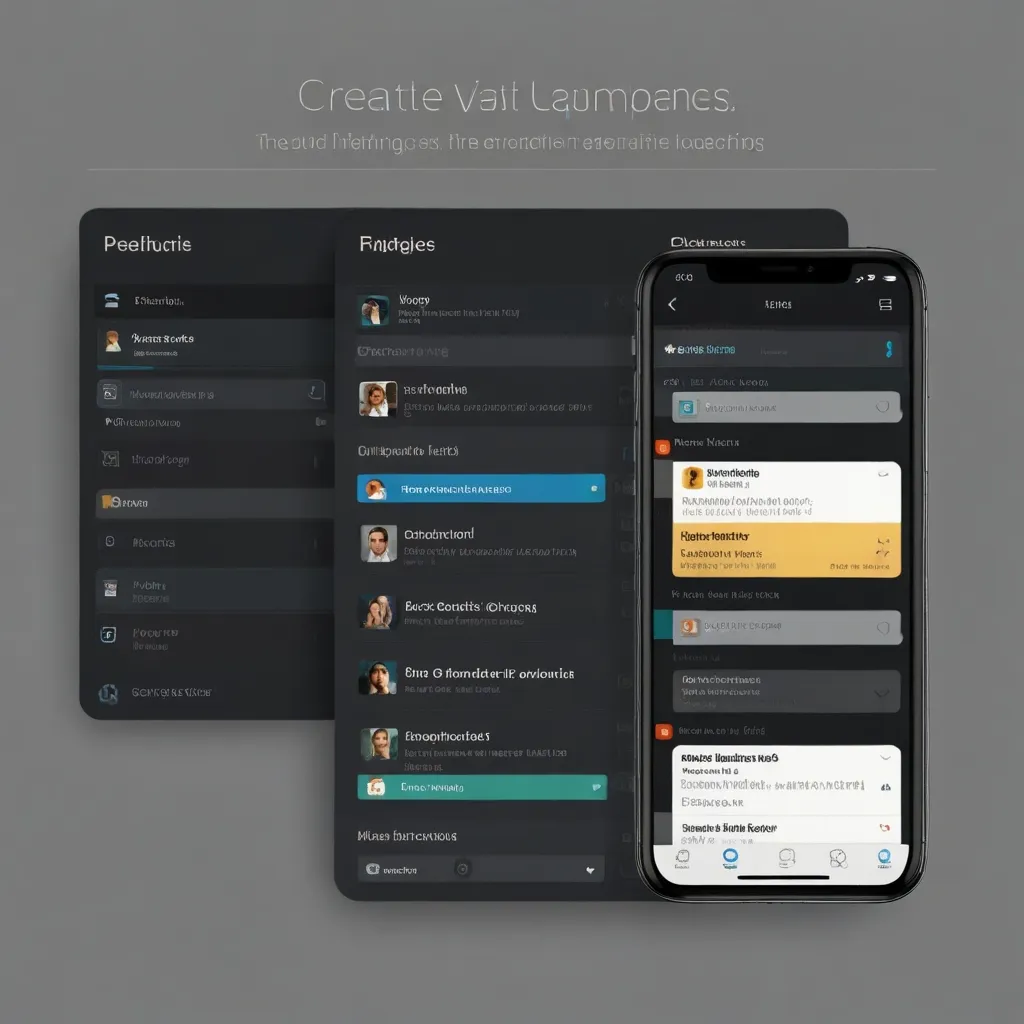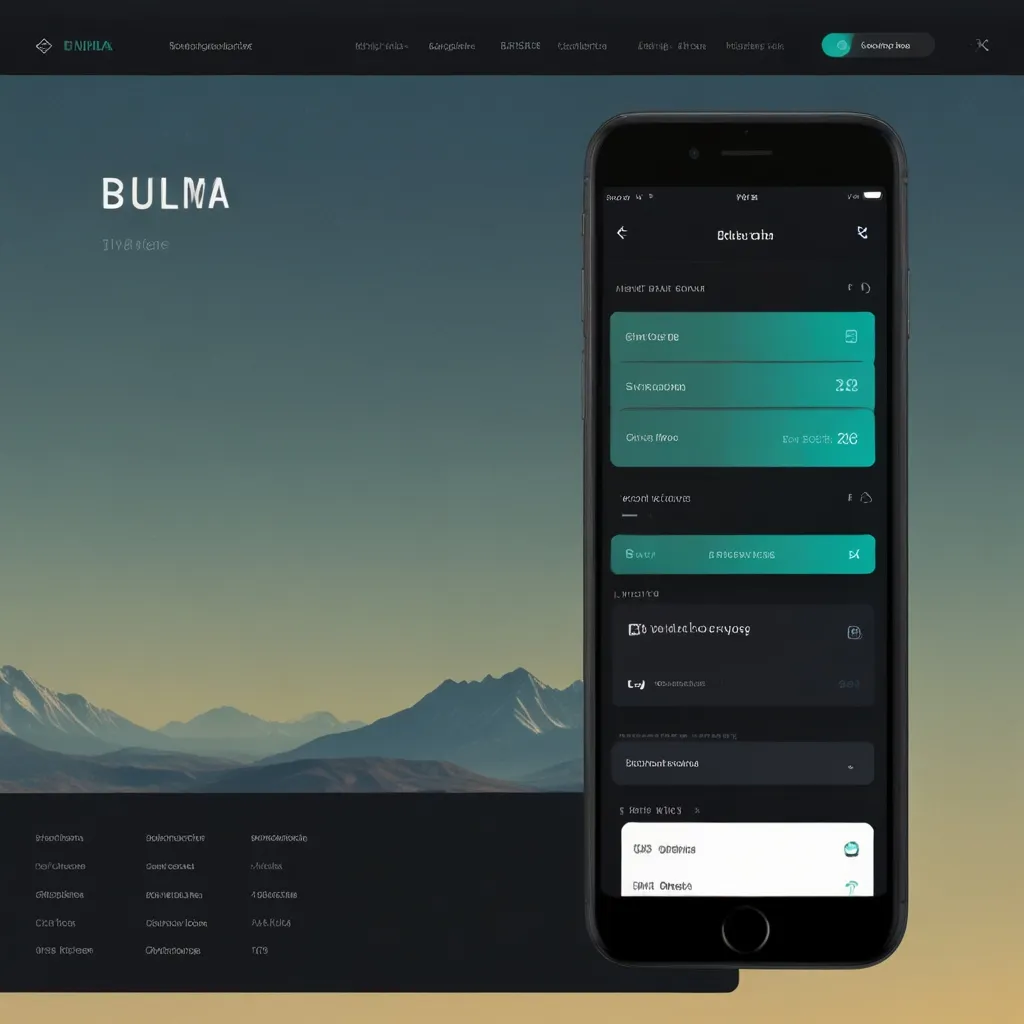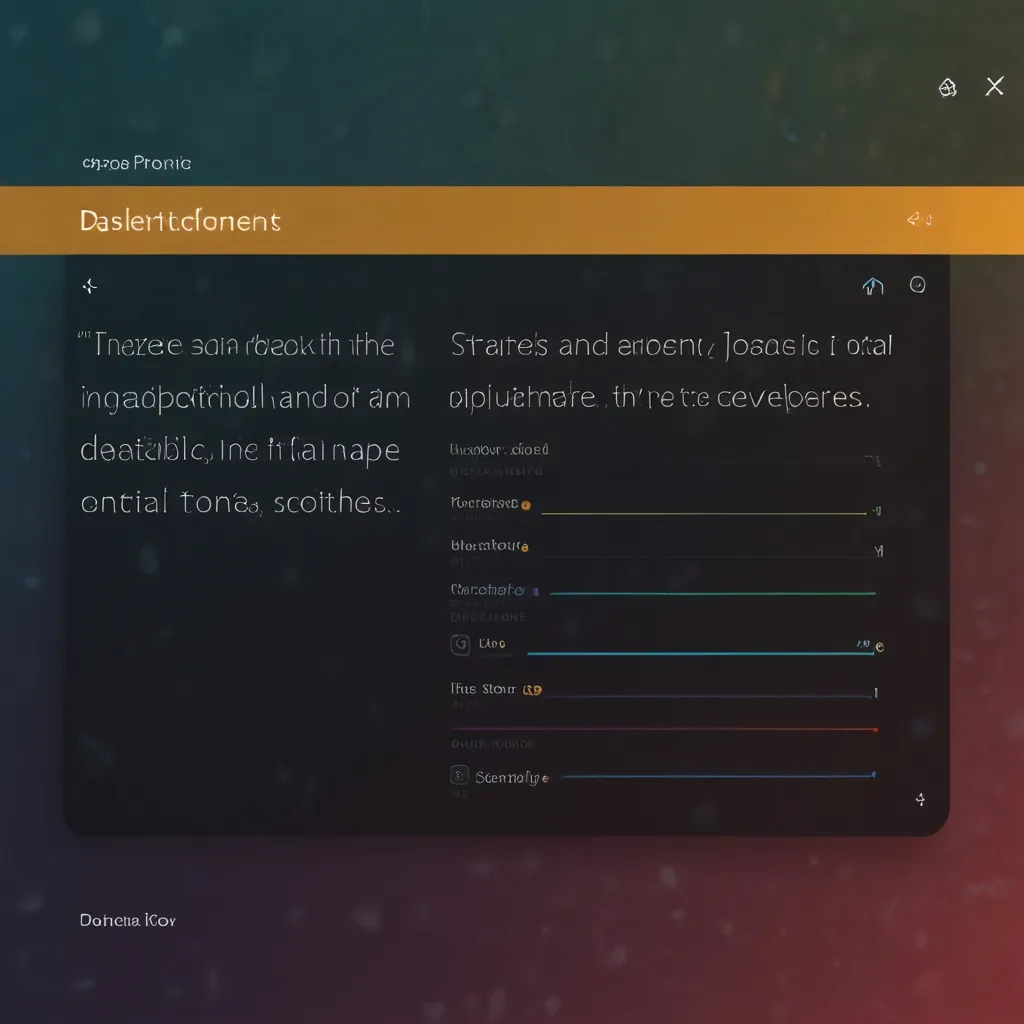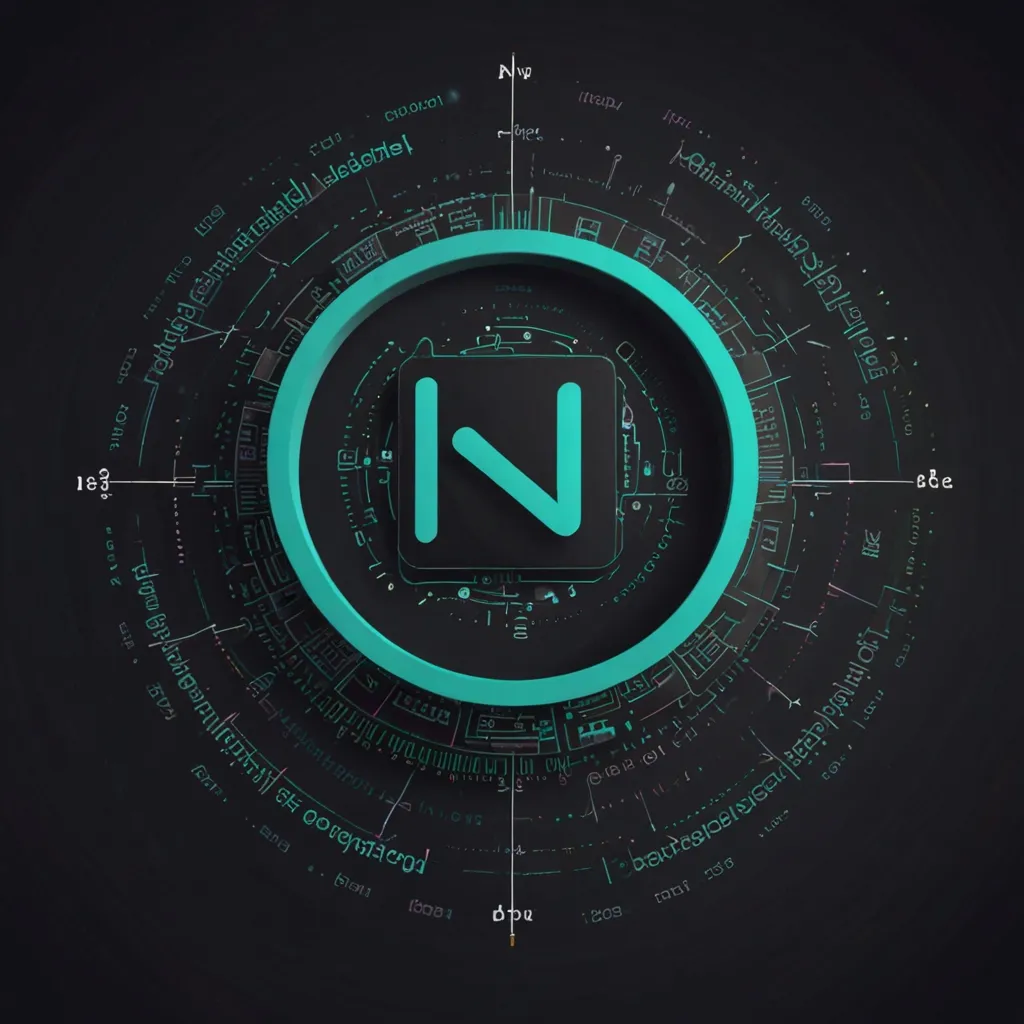Kicking Off with Phoenix: The Awesome Elixir Web Framework
In the wild world of web development, Phoenix is like that really reliable friend you can count on. It’s not just any framework; it’s specifically crafted for Elixir, a fantastic programming language. If Phoenix is on your radar for your next project and you’re still figuring things out, here’s a straightforward guide to get rolling.
So, What Makes Phoenix So Great?
Phoenix didn’t come out of nowhere; it was born out of necessity. The genius, Chris McCord, created it back in 2014. He first dipped his toes in Ruby on Rails but found it lacking for real-time applications. This quest for real-time reliability led him to Erlang. Erlang is robust and scales well, but wasn’t the most productive to work with. Elixir, which runs on the Erlang VM, ended up being the sweet spot, blending Erlang’s power with a Ruby-like ease.
Key Features You’ll Love About Phoenix
Real-Time Magic
What’s a web app without some pizzazz, right? Phoenix makes sure your users get quick, real-time responses. Ideal for building live chat, dashboards, or any snazzy interactive web stuff.
Rock-Solid Reliability
No one wants their app crashing just because of a bit of traffic. Phoenix ensures your app is always up and running, even in the face of bugs. Built on Elixir and Erlang, it keeps things smooth and minimizes downtime.
Boosted Productivity
Phoenix borrows good practices from Ruby on Rails, making it a breeze to kickstart and maintain projects. It’s got everything you need—from superb documentation to handy tools for debugging, testing, and monitoring. Plus, Elixir’s readable syntax makes coding a joy.
Ready to Start Your First Phoenix Project?
Setting up a Phoenix project isn’t rocket science. Here’s the gist:
- Install Elixir and Phoenix: Head over to the official docs for a step-by-step guide on this.
- Generate Your Project: Use Phoenix’s generators to set up the foundation of your web application, including the basic structure and database setup.
- Explore the Setup: Get acquainted with the project’s structure. It’s organized in an easy-to-navigate way.
- Launch Your Server: Run
mix phx.serverand check out your app in a browser. Easy peasy!
Phoenix LiveView: Your Real-Time Superpower
Phoenix LiveView is like adding superpowers to your app. It helps in building interactive real-time applications without writing a ton of JavaScript. LiveView handles updates via WebSockets, a simpler alternative to client-side frameworks.
Meet the PETAL Stack
For an even more integrated vibe, check out the PETAL stack—Phoenix, Elixir, Tailwind CSS, Alpine.js, and LiveView. You get:
- Phoenix for the core framework.
- Elixir for its programming charm.
- Tailwind CSS to make things look good.
- Alpine.js for sprucing up client-side interactions.
- LiveView for snazzy server-side rendering and real-time updates.
Why Phoenix is a Rockstar
Real-Time Rockstar
Phoenix handles real-time awesomeness like a pro. Whether you’re building live streaming services or collaborative tools, Phoenix’s real-time chops make it unbeatable.
Functional Programming Perks
Using Elixir means diving into the wonders of functional programming—making your code more reliable, maintainable, and a lot easier to test.
Customizable and Productive
Phoenix balances productivity with flexibility. Unlike other opinionated frameworks, it’s open to customization. This adaptability, paired with productivity features, makes it a hit among developers.
Things to Keep in Mind
Getting the Hang of It
Phoenix is super productive but comes with a learning curve, especially if you’re new to Elixir and functional programming. Elixir’s blend of metaprogramming, functional programming, and OTP (Open Telecom Platform) can be a bit overwhelming.
Community Vibes
The Elixir and Phoenix community is on the smaller side compared to giants like Node.js or Ruby on Rails. However, this close-knit community is renowned for being friendly and helpful. Head over to the Elixir Forum if Stack Overflow falls short.
Real-World Phoenix Action
Phoenix isn’t just theory—it’s in action. Imagine real-time views of moving vehicles with multiple GTFS-RT feeds; Phoenix handles these scenarios flawlessly. With server-side management and live updates via WebSockets, it simply shines.
Wrapping It Up
Phoenix isn’t just another web framework; it’s an ecosystem designed to help you build scalable, reliable, and real-time applications. Its foundation in Elixir and Erlang offers a blend of productivity, flexibility, and performance. Whether you’re a seasoned pro or a newbie, Phoenix is definitely worth a shot for your next web project.
Quick Tips for Jumping In
If you’re itching to get productive with Phoenix, here’s what you can do:
- Start with Elixir: Understanding Elixir first will make your Phoenix journey smoother. Master the basics of Elixir before moving on to Phoenix.
- Stick to Official Guides: The official Phoenix documentation is top-notch. It covers all the essentials you need to get a solid grounding.
- Dive into LiveView: Once you’ve got the basics down, LiveView is your next playground for building interactive, real-time apps.
- Join the Crew: Engage with the Elixir and Phoenix community. Forums and discussions are packed with helpful tips and resources.
Follow these steps and leverage Phoenix’s strengths to become adept at building highly productive and scalable web applications.






